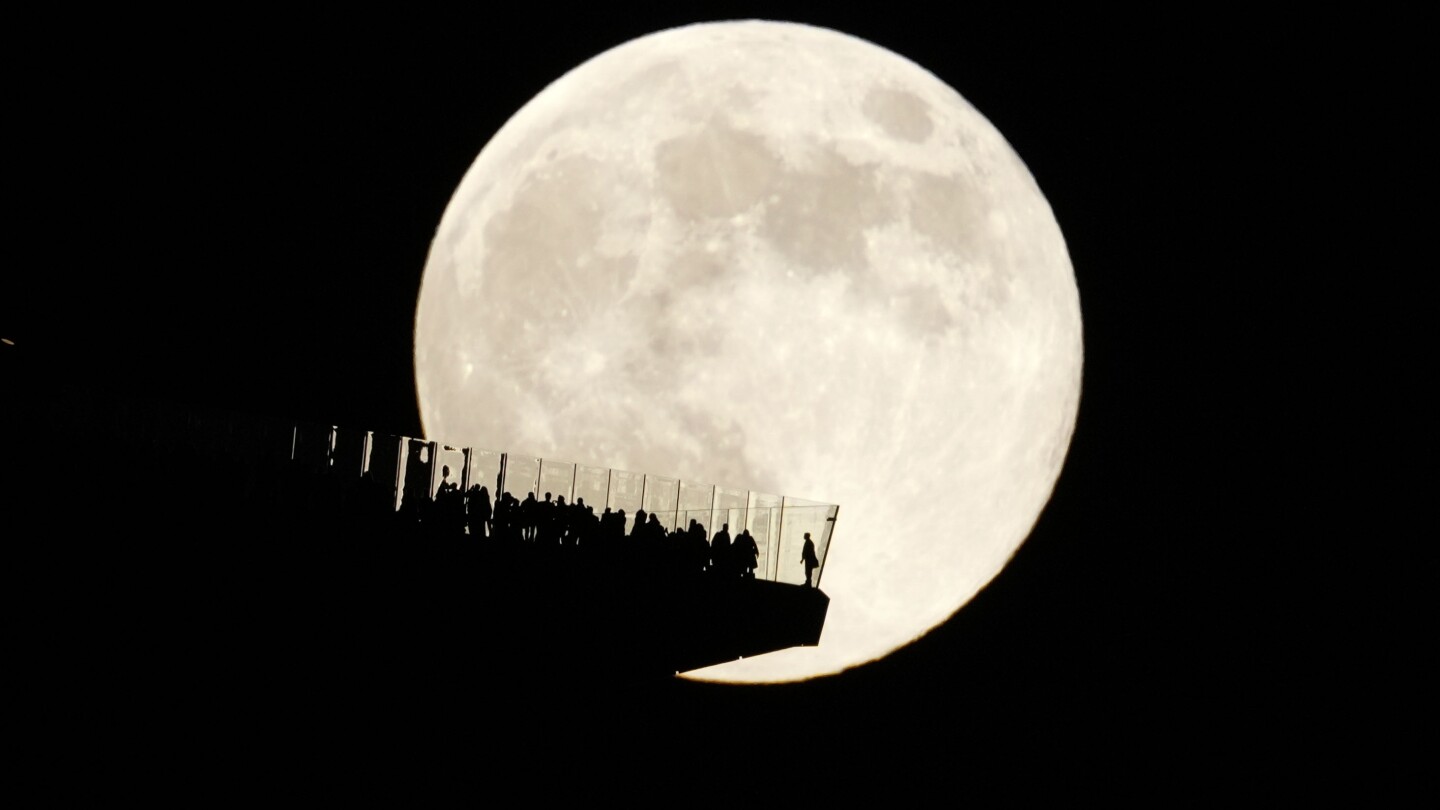Science
Here’s your 2025 guide to the night sky and other celestial wow moments

2025: A Year of Spectacular Celestial Events
The year 2025 promises to be a treat for astronomy enthusiasts and casual stargazers alike, with a lineup of celestial events that are both rare and awe-inspiring. From lunar eclipses to planet parades, supermoons, auroras, and meteor showers, the cosmos has a lot in store for us. Let’s dive into the details of what we can expect.
Lunar and Solar Eclipses: A Celestial Double-Header
One of the most anticipated events of 2025 is the pair of lunar eclipses that will captivate skywatchers around the globe. The first total lunar eclipse will occur on March 14, visible from North and South America, and will last for over an hour. This will be followed by a partial solar eclipse two weeks later, which will be visible from parts of Maine, eastern Canada, Greenland, Europe, Siberia, and northwestern Africa. The cosmic double-header will repeat in September, with an even longer total lunar eclipse visible from Europe, Asia, Africa, and Australia, followed by a partial solar eclipse near the bottom of the world. While we may not witness a total solar eclipse until 2026, these events promise to be just as mesmerizing.
Planet Parade: A Rare Alignment of Celestial Bodies
January 2025 will kick off with a rare and spectacular event—a six-planet parade. Six of our seven neighboring planets will align in the sky, forming a long arc that will be visible for weeks. Planets like Venus, Mars, Jupiter, Saturn, and Jupiter will be visible to the naked eye just after sunset, weather permitting. By the end of February, Mercury will join the lineup, making it a seven-planet parade. This alignment is a rare opportunity for astronomers and casual observers to witness the beauty of our solar system’s planets in a single glance. As Dr. Bruce Betts, chief scientist of the Planetary Society, remarks, “People should go out and see them sometime during the next many weeks. I certainly will.”
Supermoons: Three Months of Larger-than-Life Moons
The second half of 2025 will be marked by not one, not two, but three supermoons occurring in October, November, and December. A supermoon happens when the full moon is at its closest point to Earth in its elliptical orbit, making it appear larger and brighter than usual. November’s supermoon will be the closest of the three, passing within 221,817 miles (356,980 kilometers) of Earth. While last year saw four supermoons, this year’s trio promises to be just as impressive, offering stargazers a chance to witness the moon in all its glory.
Northern and Southern Lights: A Spectacular Display of Auroras
Last year, the sun’s increased solar activity painted the skies with breathtaking auroras in unexpected places. This year, space weather forecasters predict even more geomagnetic storms due to the sun reaching its solar maximum during its 11-year cycle. This could lead to more frequent and vibrant displays of northern and southern lights. Shawn Dahl of the National Oceanic and Atmospheric Administration urges everyone to stay informed about space weather updates to catch these pop-up light shows. Whether you’re in the northern or southern hemispheres, 2025 could be a great year to witness the ethereal beauty of the auroras.
Meteor Showers: Celestial Fireworks Throughout the Year
No year would be complete without the spectacle of meteor showers, and 2025 is no exception. While the Perseids in August and the Geminids in December are always crowd-pleasers, this year also promises smaller, yet equally captivating, meteor showers like the Lyrids in April, the Orionids in October, and the Leonids in November. Meteor showers occur when Earth passes through streams of debris left behind by comets and sometimes asteroids. The darker the location and the dimmer the moon, the better the viewing experience. So, mark your calendars and find a dark spot to enjoy these celestial fireworks.
In conclusion, 2025 is shaping up to be an extraordinary year for celestial events, offering something for everyone—from the patient observer waiting for the perfect aurora to the eager stargazer anticipating the next supermoon. Whether it’s a lunar eclipse, a planet parade, or a meteor shower, the skies will be filled with wonder and awe-inspiring moments that remind us of the vastness and beauty of our universe. So, grab your binoculars, find a dark spot, and get ready to witness the cosmic wonders of 2025.